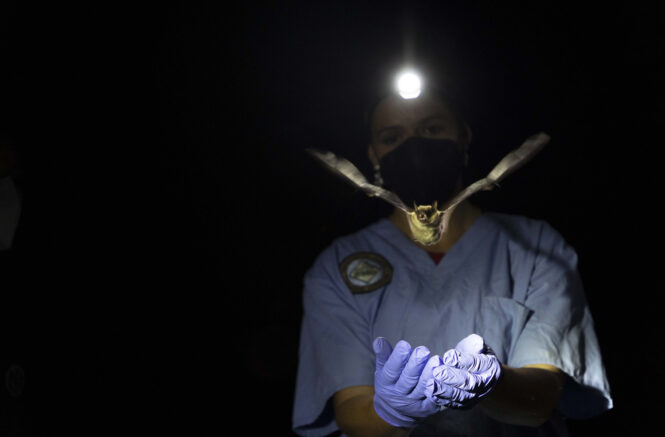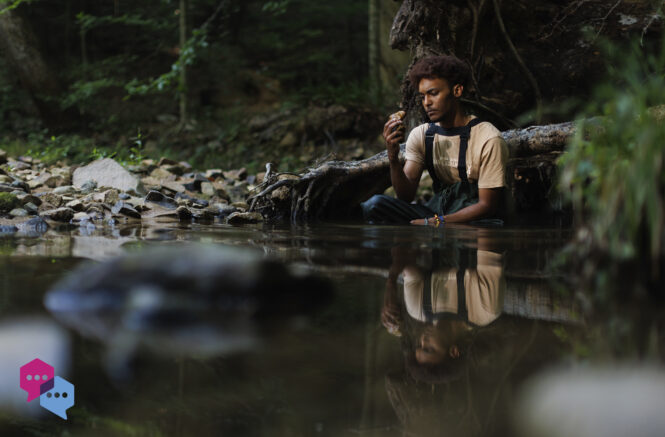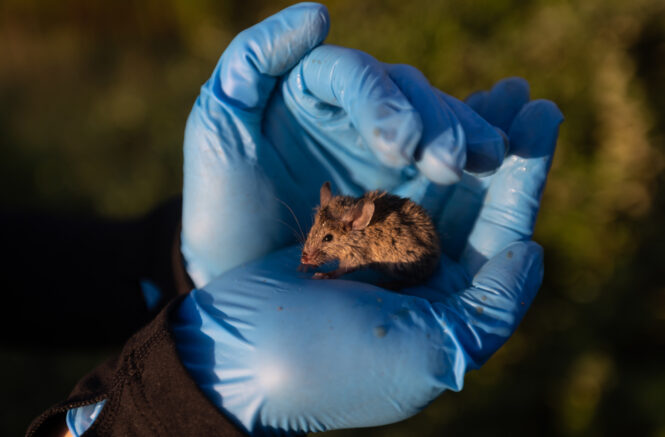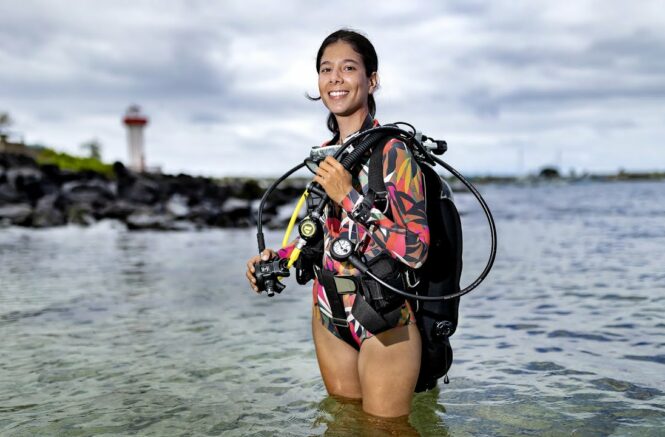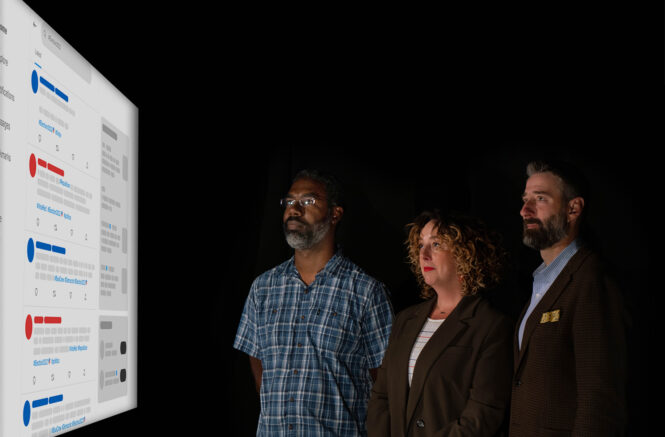All Creatures Great and Small
Rada Petric's love for nature has led her to study how human presence affects the behavior of small mammals like bats and mice.
RUNC: Angel Hsu
Angel Hsu uses data to drive climate policy.
RUNC: Ahmad Isaac
Ahmad Isaac craves adventures in geoscience.
RUNC: Trenette Goings
Trenette Goings believes effective prevention can eliminate addiction.
Surveying the Smalls
Local biologists team up to study how wetland mitigation affects small mammals.
Algal Rhythms
Isabel Silva-Romero studies how ocean temperatures affect the food web on rocky reefs around the Galápagos Islands.
RUNC: Nathan Kelete
Nathan Kelete wants to use computer science to improve lives.
Democracy in the Digital Age
Researchers at the Center for Information, Technology, and Public Life are helping us understand the state of our digital political spheres.
RUNC: Divya Aikat
Divya Aikat studies women’s health through new lenses.
The Layers Beneath the Church
Michelle Freeman uncovers how clergy and laity revered saints in the fourth to sixth centuries to improve cultural understanding today.
When in Rome
With enthusiasm and ingenuity, Bret Devereaux reexamines the success of the Roman Empire.
Macro Marvels Magnified
A look at some of Carolina's classic research scenes in macro.



